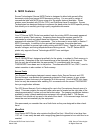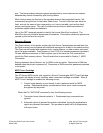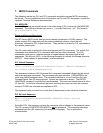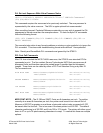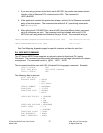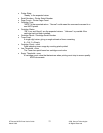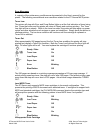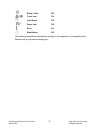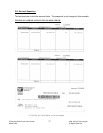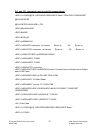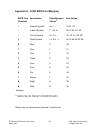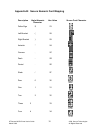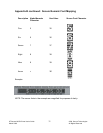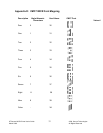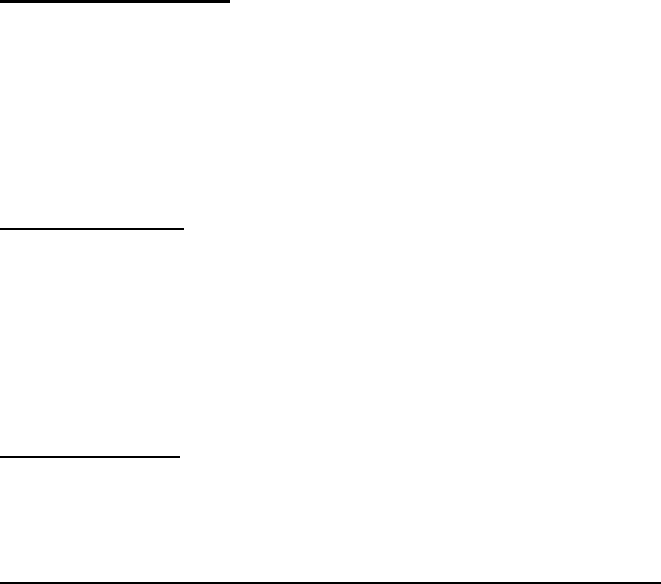
ST Secure MICR Printer User’s Guide 26 2006, Source Technologies
March 2006 All Rights Reserved
8. MICR Command Example
Figure 8.1, is an illustration of an Accounts Payable check and remittance information. The
page used a PCL MACRO for the static data and background design. This manual does not
address MACRO design and programming, but the variable text information including all the
PJL and PCL commands used to print the example are on the page following the sample
check. For illustrative purposes there are some extra spaces in the text preceding the
printable data. The following paragraphs describe the command functions. The commands
are a minimal set chosen to produce the example. Please consult Lexmark Technical
publications for the complete descriptions of PJL and PCL printer commands
PJL Unlock Sequence
The first two lines of the variable text example are PJL commands that unlock the MICR font
resources and enter PCL language processing. The password used is PASSWORD, the
initial ship default. These commands and all following commands are all case sensitive.
<ESC> is used to illustrate the ASCII Escape Character, ASCII 27, hex 1B. An actual data
stream requires the Escape Character, not <ESC>.
PCL Initial Set-Up
The next two commands set up some printer PCL variables. These commands are normally
early in the data stream. We chose a minimal set. <ESC>&l2a1h6d1e64F sets the paper
size to LETTER, the input tray to TRAY 1, the lines per inch to 6, the top margin to 1, and
the lines per page to 64. The next command, <ESC>&u600D, is the Unit of Measure
command set to 600 dots per inch mentioned in Section 7. This affects proper MICR line
spacing and X and Y cursor positioning.
PCL MACRO Call
The next command calls MACRO 100 that was previously loaded in RAM memory. When
called the graphic background, logos, and static data is written to the internal print buffer.
PCL Font Calls, Positioning Commands and Variable Print Data
The next eleven lines of data in the example call printer resident fonts, position the cursor,
and print the variable information. We are again using the minimal data required,
particularly the font selection strings, <ESC>(s4099t0b10H being a very short version to call
Courier, Normal Weight, 10 Pitch.
<ESC>*p300x600Y is a PCL positioning command. In this case its values are 600 pixels
down and 300 pixels to the right of the upper left corner of the page. The Unit of Measure
command determines the exact distance.
The next 4 lines call our secured MICR font resources. We are using the ID for the font call.
The Form Feed prints the page.



